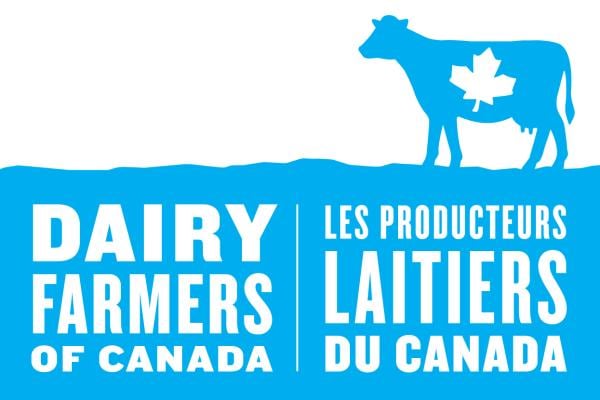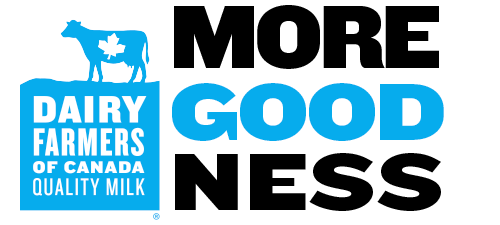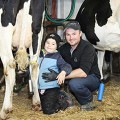
The environment: Our legacy for future generations
Canadian dairy farms are typically family-owned and passed down from generation to generation. Our farmers understand that the land they work is theirs to care for and safeguard for future generations. This sustainability principle is close to our farmers’ hearts, as they consider themselves stewards of the land that they themselves have inherited.
Working towards a greener future, today
Canadian dairy farmers make their living from the land, they work with family, and they belong to a community. As a result, they have an interest in conserving natural resources, and in keeping the land healthy and bountiful.
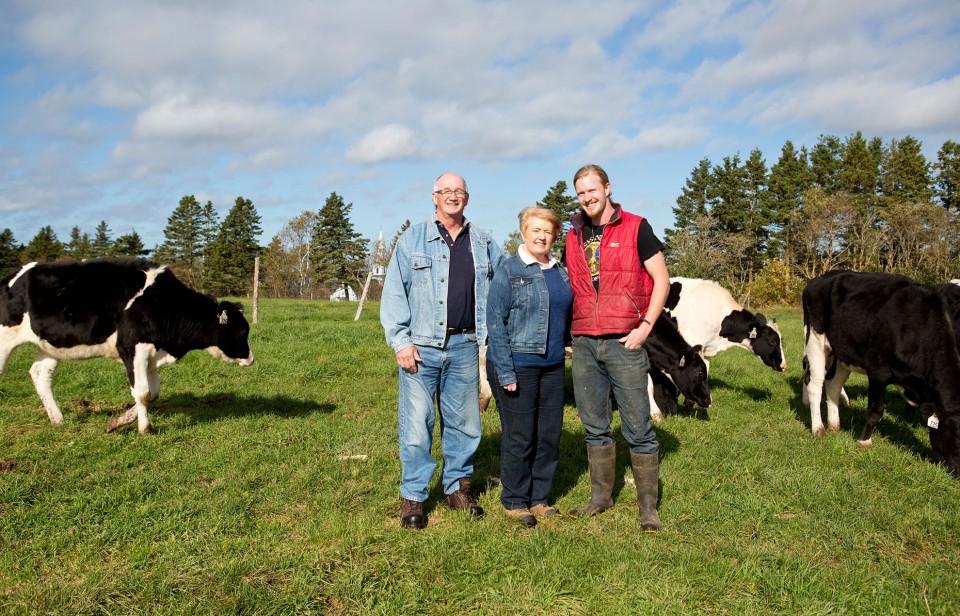
In Canada, dairy farmers use a framework called supply management. Milk production at the farm is driven by the philosophy that dairy farmers and processors work collectively to meet the demands of the Canadian market. It’s the opposite of economic growth at all costs.
By embracing innovation and new ideas, furthering research, and infusing old wisdom into modern practices, we’ve reduced our industry’s environmental impact. Moreover, we’re continuously looking for ways to improve our practices on a national scale.
Did you know it takes about 65% fewer dairy cows to produce milk for all of Canada today than it did 50 years ago, despite the population growth? Improvements to cow comfort, feed efficiency and more have helped make Canadian dairy more sustainable, and on average cows are still only milked 2-3 times a day for 5-7 minutes each time.
Doing more with less
Protecting our environmental legacy is important to Canadian dairy farmers. Doing more with less means improving productivity, reducing non-organic waste, and managing resources responsibly. Here are just some of the ways we’re working to better our industry.
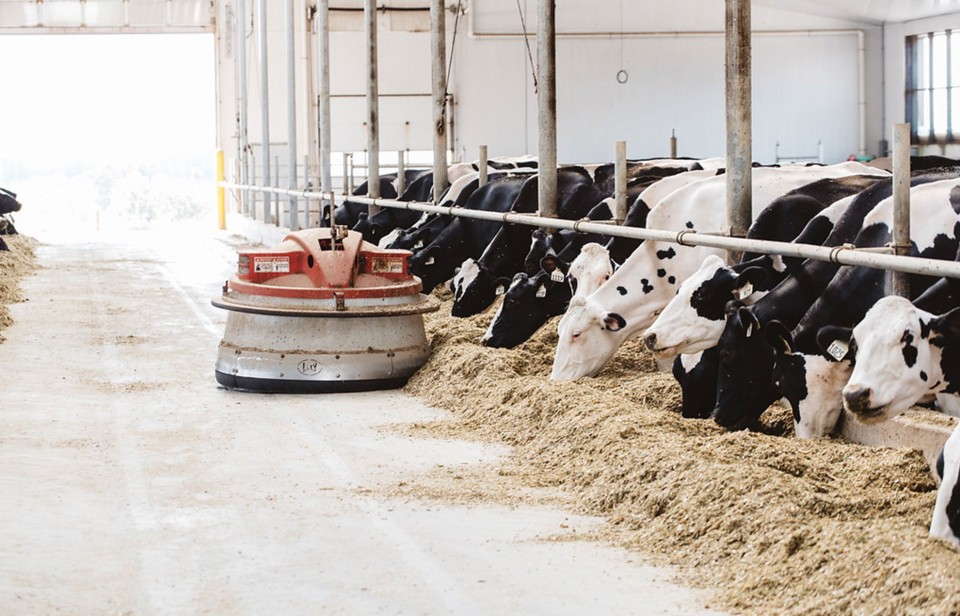
Lessening our environmental impact
Livestock management, manure management, and feed production are the main activities contributing to a dairy farm’s carbon footprint. Through research and the continued adoption of better practices, Canadian dairy farmers have improved the carbon footprint of a litre of milk and they continually strive for better. Between 2011 and 2021, it went down 9% and now stands at 0.94 kg of CO2 equivalent per litre. The carbon footprint of Canadian farm milk is among the lowest in the world.
This figure comes from the latest Life Cycle Analysis (LCA) study, which was conducted by Agéco, an independent team of life cycle analysis professionals using data for the year 2021. The LCA offers a snapshot of the carbon footprint, water consumption, and land use that year. Being able to compare the data with that of previous years provides a measure of the farm sector’s progress towards more eco-efficient production..
Increasing sustainability on the farm
Being kind to our planet means using fewer resources and using them in the most responsible way. Our farmers are exploring different ways to reuse, reduce, and recycle on the farm.
Eco-efficient crop production is contributing to lowering our farms’ average land use. For instance, the land required to produce 1L milk is 1.51 square metres, roughly the same amount of land required to produce a standard loaf of bread and it stands at 21% lower in 2021 than in 2011.
Improving our environmental hoofprint
How we do what we do changes everything. Keeping cows comfortable, relaxed and healthy leads to increased productivity. Selecting good sires (bulls used for breeding purposes) can improve the genetic potential of each generation of cows and is key to better longevity and yield.
Giving animals a precise and balanced diet, with the right amount of protein, can also lower nitrogen content in manure. Today, we can find out how ‘feed-efficient’ or ‘methane-efficient’ a cow is through genetic evaluation. Both indices can help a farmer curb the amount of methane produced during the cow’s rumination (digestive process).
Moo-ving forward
Dairy Farmers of Canada invests in research exploring innovative ways our farms can enhance productivity while reducing their impact on the environment. Using this research, we’ve developed tools, fact sheets, and pilot programs to provide farmers with current scientific findings and practical resources. We would be remiss if we did not mention the country-wide proAction initiative, our Best Management Practices Guide to Mitigate Emissions or Dairy Farms or other tools that allow farmers to gain new knowledge, measure their farm’s footprint, and seek recommendations on how to improve their farm’s environmental performance.
Our ongoing commitment to the environment
Canadian dairy farmers are actively adopting responsible farming practices. By supporting Canadian dairy and promoting responsible farming, we can conserve our natural resources and protect the ability of future generations to provide high quality, sustainable, and nutritious foods for Canadians.
Sources
Food and Agriculture Organization of the United Nations. “Greenhouse gas emissions from ruminant supply chains: A global life cycle assessment.” fao.org
http://www.fao.org/docrep/018/i3461e/i3461e.pdf
Groupe AGÉCO. 2024. Environmental Life Cycle Assessment of Canadian Milk. (Report prepared for Dairy Farmers of Canada[TB1] )
Lactanet. 2023. Introducing Methane Efficiency - lactanet.ca/en/introducing-methane-efficiency/
Lactanet. 2022. Improved Selection for Feed Efficiency - lactanet.ca/en/improved-selection-feed-efficiency/

